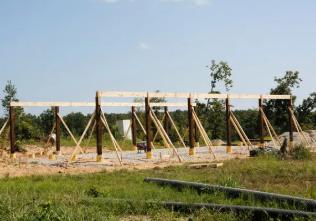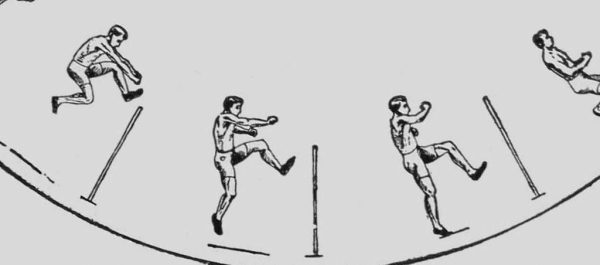Native American Heritage Month
Posing is a member of the Cherokee tribe, one of the main native tribes in North Carolina. Today, 9000 members of the eastern band of Cherokee Indians inhabit 57,000 acres of land in North Carolina.
November 20, 2021
November marks the start of National Native American Heritage Month. It is a time to recognize and celebrate the ancestry and culture of indiginous people as well as honoring their contributions and traditions in the United States. This is a time to educate people about the history of indiginous people and raise awareness for the oppressions and struggles that Native Americans have faced throughout the country’s history, as well as in the present. President George H.W. Bush officially recognized November as National Native American Heritage Month in 1990.
Even before the establishment of Native American Heritage Month, there have been celebrations for indiginous people in North Carolina, but now, they are more abundant than ever. On Friday, November 19th, the North Carolina Museum of History is hosting an online experience for students and educators alike to inform and celebrate native peoples and traditions across our state. The celebration includes teaching language from the Cherokee tribe, tribal dances, music, pottery, basket weaving, storytelling, and more. The museum also contains exhibits to acknowledge the natives in America and holds over 100,000 artifacts. The eight Native American tribes that are recognized by the state are the Cohaire, Eastern band of Cherokee, Haliwa-Saponi, Lumbee, Meherrin, Occaneechi band of the Saponi nation, Sappony, and the Waccamaw-Siouan. Native American musicians, dancers, authors, and artists attend this event to immerse attendees in the culture and give them a firsthand opportunity to learn about their history and traditions.
Native American Heritage Month is important to recognize within the school community. Mr. Brown, an American history teacher, says, “In order to fully appreciate the American melting pot and to constantly try to achieve that ‘more perfect Union’ that James Madison wrote about in the Constitution, we have to recognize and hear the voices of all Americans, of all walks of life. It celebrates the diversity of America and promotes the idea that being American does not mean that you have to look a certain way or worship a certain religion. It helps us take stock of the value of all voices in America, especially ones that have been so heavily marginalized in the past like Native Americans have been.” There is a common myth that Native Americans are “extinct” in America, but Native Americans are not just present in our state, they are represented in our schools as well. In Wake County, 0.2 percent of students identify as being Native American or Alaska Native, including 6 students here at Millbrook. Mr. Brown continues by saying, “We 100% should be advertising this in the classroom and talking about its significance, especially in history classrooms. The history of America and Native Americans is a history of tragedy, and we need to recognize and talk about it.” Native Americans are involved in all aspects of American history, so it is vital to learn about their role in our country. Continuing, “The tribes of North America have a rich and varied culture that should be celebrated and learned from for simply how wonderful and interesting they are on their own. In addition to this, studies have shown that students have more buy-in and learn more when they see someone like them in an important role in the school or are learning about someone like them or their family.” Native Americans are often underrepresented in pop-culture, schools, and government. “Celebrating Native American heritage in schools gives us and our students that opportunity. It helps us learn more about our neighbors, ourselves, and our state.” This month is a time to learn more about Native American history, but does not need to have a limit. It is always important to learn about the culture and traditions of Native Americans in one’s community.












